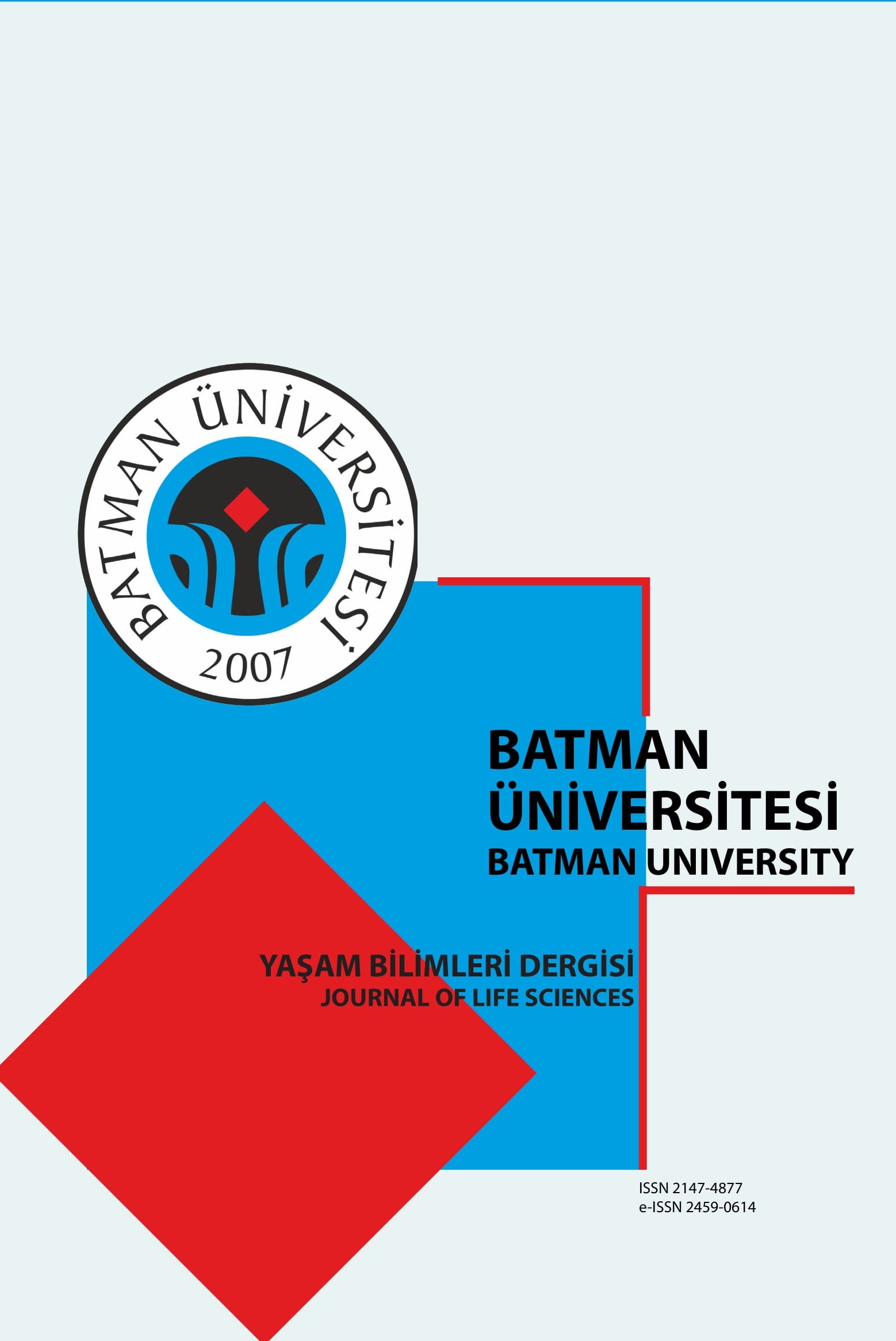TARİHİ DİNİ KÜLTÜREL BAĞLAMDA MİTOLOJİ VE MODERN KÜLTÜR ÜRÜNLERİNİN MİTOLOJİYE DÖNÜŞÜMÜ
Mitoloji, Yunanca “Mythos” (mit) ve “Logos” (konuşma, anlatma) kelimelerinin birleşmesi “Mythologia” kelimesinden gelmektedir. Mit, rivayet yoluyla sonraki nesillere ulaştırılan, zaman içinde değişiklik gösteren söylenceler anlamında kullanılır ve geçmiş dönemlerde yaşamış toplumların dinler, tanrılar, kahramanlar ve görünmeyen varlıklarla ilgili ürettiği birikime verilen ad olur. Kültürel yahut dinî bir paradigma kırılmasına bağlı olarak mitlerin pragmatik bağlamda kendilerine yer edindikleri görülmektedir. Hıristiyanlığın yükselişiyle birlikte çeşitli pagan mitolojik nesnelerinin bu dine dahil oluşu ortaçağda dinsel bir kırılmaya örnek teşkil ederken, modern zamanlarda bunun gündelik yaşam için karşılığı mitolojik figürlerle dolu festivaller, bayram kutlamaları, yazınsal ürünler veya sinema başta olmak üzere görsel kültür araçları olabilmektedir. Kültürel yahut dinî nesnelerin de mitolojik nesnelere dönüşebildiği, zamanla tarihten, yazınsal ürünlerden veya görsel kültür unsurlarından doğan materyalin mitolojik nitelikler kazanabildiği de görülmektedir. Sözünü ettiğimiz ilk durum, mitolojiden gelen rivayetin pragmatik biçimlenmesi ikincisi ise sonradan kurgulananın mitolojiye dönüşümü anlamına gelmektedir. Bu bildiride özellikle; olağanüstü karakterler, mekanlar ve olaylarla doldurulmuş kurgusal metinlerin sinemaya aktarımından hareketle, tersine bir yapay paradigma kırılması gibi görünse de aslında dinsel inanıştan neşet eden duygunun tarihin sonuna kadar varlığını sürdüreceği gerçeğini izaha çalışacağız.
Mythology consists of the word “Mythologia” which is the combination of Greek “Mythos” (myth) and “Logos” (speaking, lecturing). Myth is used in the meaning of myths that have displayed differences in time and have been conveyed to the next generations via narrative, and it is the name given to the accumulation which the communities living in ancient times produced about religions, gods, heroes, and invisible creatures. In connection with the breaking a cultural or religious paradigm, it is seen that myths attain a place for them in pragmatic sense. Together with the rise of Christianity, while entry of various pagan mythological objects into this religion create an example for religious break in medieval ages, in modern times, equivalent of this for our ordinary daily life can be festivals full of mythological figures, celebrations of holly festivals, literary works or visual culture tools among which cinema comes first. It is seen that cultural and religious objects as well can change into mythological objects and, in time, the material originating from literary work or visual culture elements can achieve mythological properties. The first case we have mentioned means that the narrative stemming from mythology is taking pragmatic shape and the second one is transformation into mythology which becomes a fiction later. In this declaration, moving from the transfer of the fictional texts filled with particularly extraordinary characters, places and events, we will in fact try to explain the truth that the sensation stemming from religious belief will carry on its presence until the end of history.
